Backpacking Into Retirement
A Journey to the Light Side
I admit it—I am something of a dinosaur—“old school”, as it were. A prime example is my approach to backpacking over the years. I came of “backpacking age” in the 70s. The state-of-the art backpacking gear back then seems rather low tech by today’s standards.
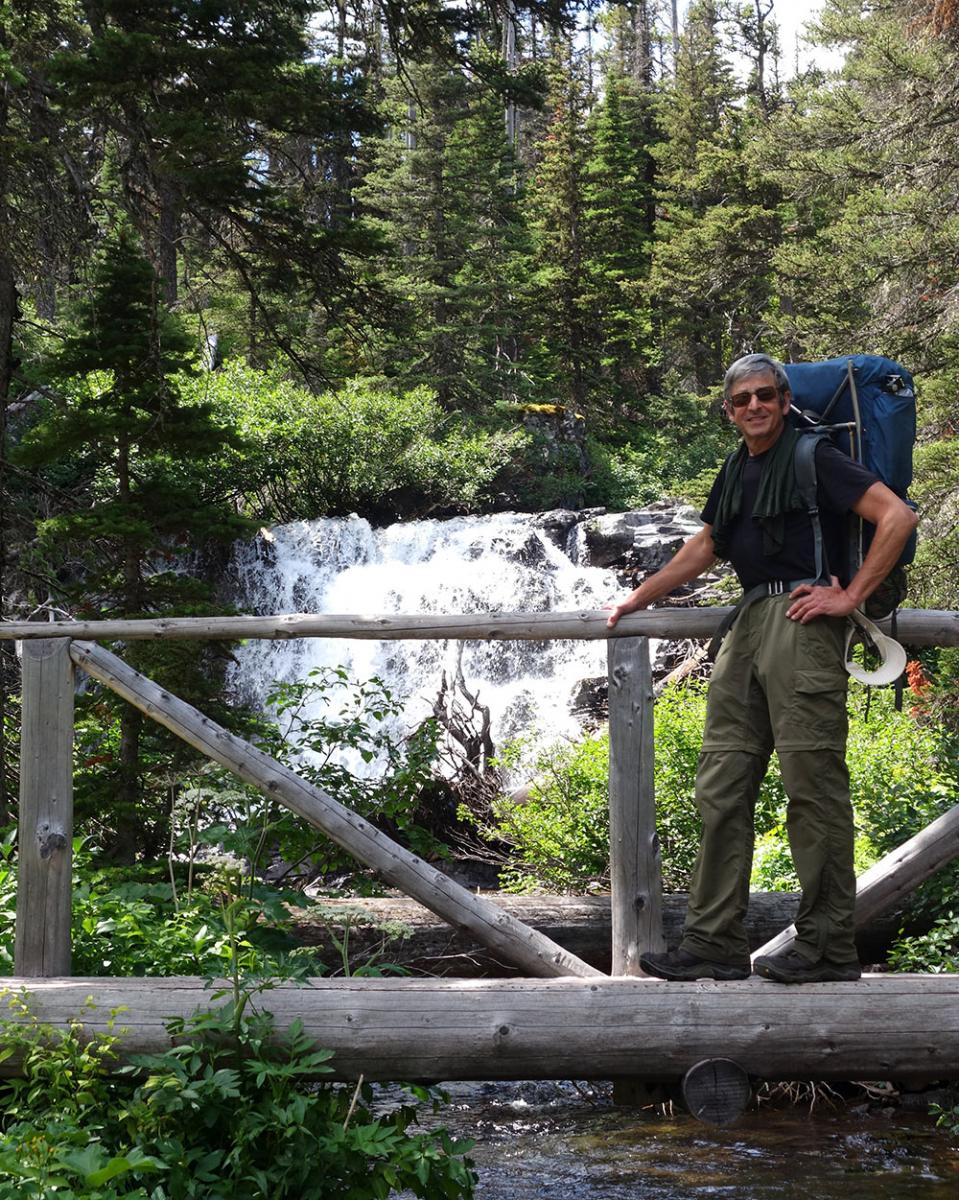
While living in northern Idaho and western Montana for over 30 years, I wasn’t paying attention to the changes happening in the backpacking gear going on. I was content with the old ways. For example, I eschewed freeze-dried food. As long as I could lug it,
I brought in real food, and my dogs were my trail companions. Forty pounds was just a slightly heavy “day pack” to me then.
As I moved through my 50s though, it was becoming tougher to do things the “old way.” I started to looked for ways to trim weight. Smaller stoves, simpler meals, fewer clothes, etc. Still, 45–50 pounds was about as light as I could get, especially if it included fishing gear. Then I became “enlightened”.
I live close to Glacier National Park now, but I rarely went there. Sure, I would take visitors over Logan Pass. I even stopped there for a day hike to Hidden Lake—but backpack? No way. So many people, and I couldn’t take my dogs, unlike the nearby Bob Marshall wilderness. Yet a close friend of mine kept telling me just how awesome the backcountry was, that I owed it to myself to go with him on at least one trip, to find out for myself. So I did and it changed my backpacking life.
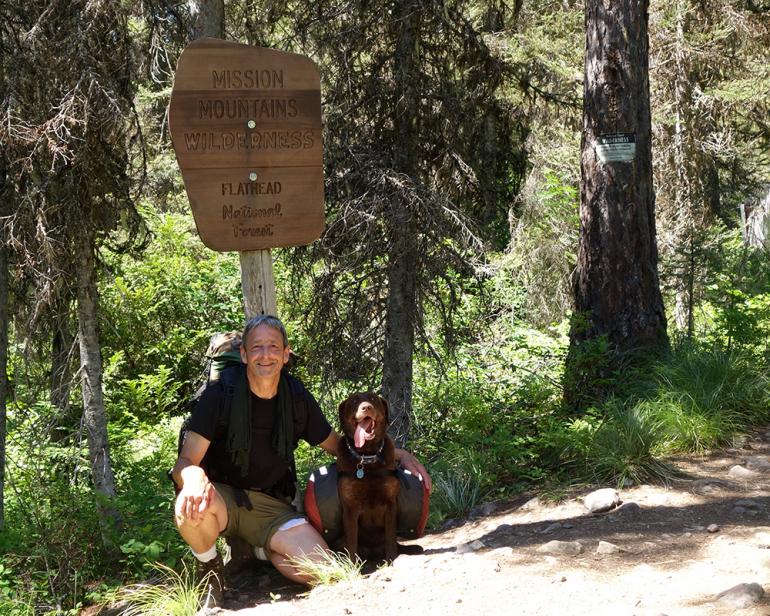
We did a quick four-day trip into the Belly River area of the northeast part of the Park. I was awestruck at the beauty around every turn. For this trip, I relented and went freeze-dried. I had a “lightweight” tent (4 lbs) and still my pack was 45 lbs going in, 40 coming out. (That’s the down-side of freeze dried food—your pack doesn’t get much lighter through the trip). Yes, some of that was fishing gear, but even there I cut corners, leaving the waders behind and going in bare-legged (brrrr). Sweaty and exhausted, we finally made it back to the trailhead. It was a fantastic trip, but, in my mind, far more taxing than it should have been.
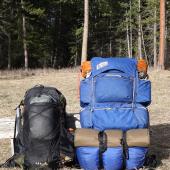
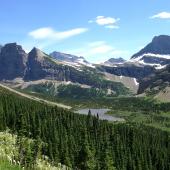
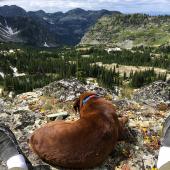
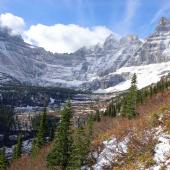
At one campsite on that trip (Cosley Lake) I was sitting in the food prep area feeling sorry for myself. I had just turned 60 and was wondering just how many more summers would I be able to do this. Then, a group of three came in—a guy, his wife and his wife’s friend. They were “uber hikers”—you know the type—mountain biking, mountain climbing, marathon running, etc. They had come in 13 or 14 miles from Many Glacier through Ptarmigan Tunnel and were headed over Stoney Indian Pass to Waterton, Canada. He sat by the food prep area and pulled a sandwich out of this small, 50-liter pack. Hmmm real food, I thought.
I eyed that sandwich with lust and envy.
I asked him if that was his daypack and he said no—that was his pack. I asked how much he carried for his 3-day, 2-night trip. His answer made my jaw drop—18 lbs! Eighteen pounds? Actually, two sandwiches he said.
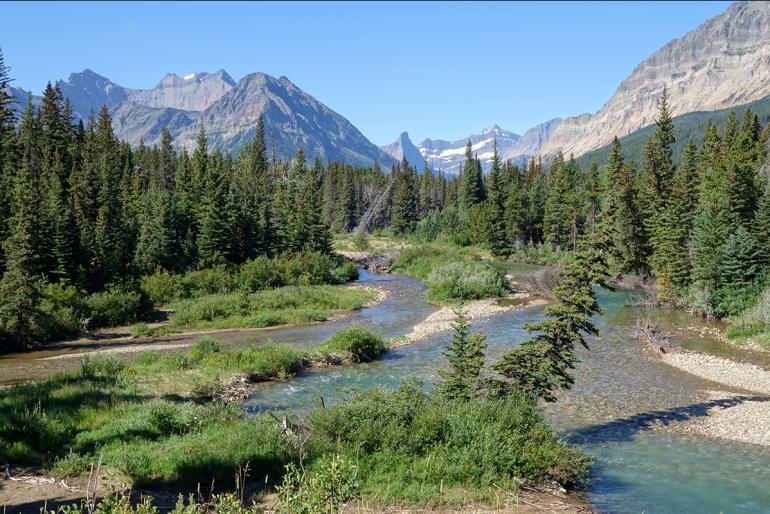
Thus began my journey to the “light side.” He used a tarp and a double sleeping bag that zipped in half so his wife carried half that weight. He was a devotee of Ray Jardine, and “The Ray Way” and his DIY sewing kits. For those as unfamiliar with Ray as I was, I learned that he really was a pioneer in the ultralight, through-hiking movement. If I could lighten my pack, I could continue to enjoy backpacking for many more years to come. And so I took the plunge. I am not down to 18 lbs, but I can now get my pack to 22 lbs for a 2-night trip and about 25 lbs for a 4-night trip. That is somewhat weather dependent, and obviously in fall, one takes extra clothes. Still, that is a big difference! I put a lot of my old, heavy stuff on eBay and used the proceeds to buy my new ultralight stuff.
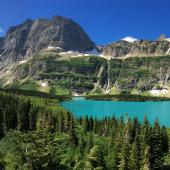
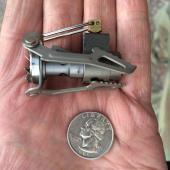
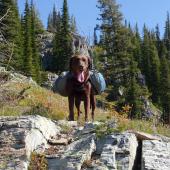

Much of this lightweight revolution has come about by the increased interest in “through-hiking” People go out there for weeks or months. They need to have stuff that is as light and durable as possible. Take shelters. Nylon tents of the 60s and 70s were quite a change from the cotton canvass that preceded them. Now there is silicon-impregnated nylon (“silnylon”) that is much lighter still. And if that isn’t light enough, there is also now “cuben” fiber. This is a high-tech polyethylene that was first developed for sails for the America’s Cup racing. Now you can get light tarps made out of this stuff which are less than half a pound! Now, you don’t even have to look for the smoothest, most level piece of ground to sleep on as there are ultralight hammocks where you could camp suspended above boulders if you like.
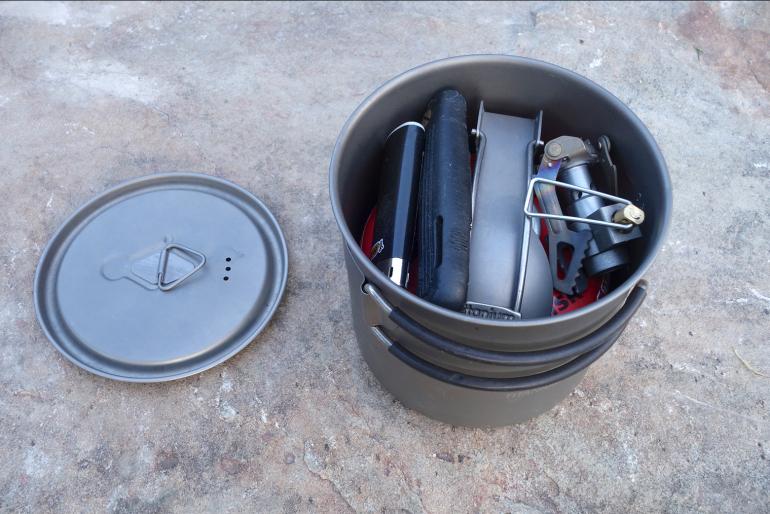
Like any sport, much of this stuff isn’t cheap. Sleeping bags with 900-fill down can cost at least twice that of the 650-fill bags—but they are also 2 lbs lighter, and stuff down much smaller. Tarps/single wall tents of usable size can easily be in the $300 - $600 range. The axiom is: “the lighter it is, the more it will cost.” I looked for compromise—silnylon, not cuben for a shelter, coupled with a reasonable backpack. I did splurge for the 900-fill sleeping bag, as much for size and weight. These light-weight packs are smaller than what I am used to, and I can quickly run out of space before I hit my maximum weight. Maybe when I am in my 70s I’ll have to go to the cuben fiber for everything, but for now, the material is out of my price range.
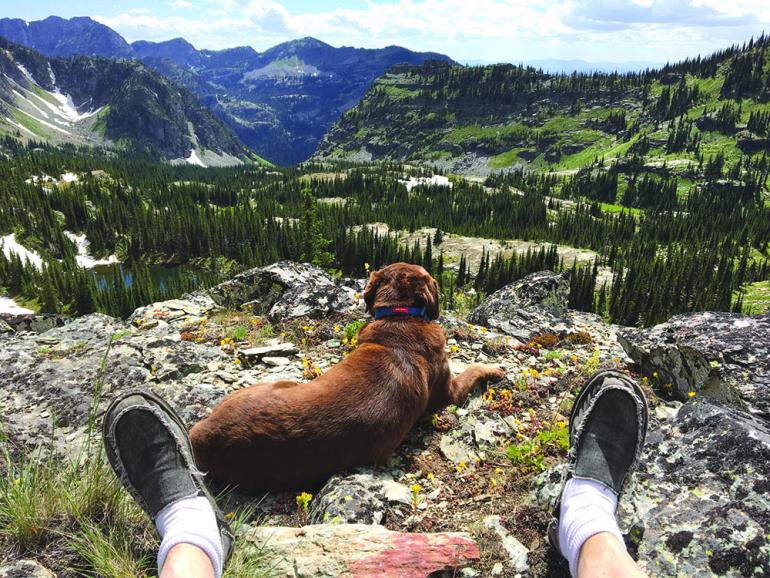
Now, you may be asking—“apart from cash, what else am I giving up?” Good question—yes, I definitely had to give up some luxuries, especially in the food department. Freeze-dried food is not my favorite, but I am willing to put up with it for a few days if it gets me out into my favorite backcountry areas. I do bring some luxury items like real coffee. Traveling with my dog adds additional options as she can carry 15 lbs, too. But, I’m afraid you cannot get away from the mantra: “every ounce counts.”
You have to be judicious in your choices, and figure out what works for you.
By the way, I did keep my old external frame packs. I will occasionally channel my inner dinosaur and take them out for the fun of it. On one trip to Glacier last year,
I heard one passerby remark: “nice retro pack! It's such a classic!”
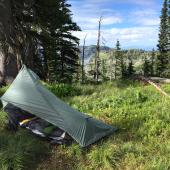
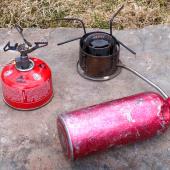
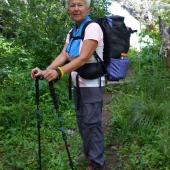
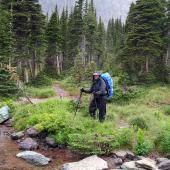
So, if you gave up on backpacking years ago because of the weight or because age was getting the better of you and you didn’t think you could do it again, take a look at the “light side.” Many of these ultralight “cottage industry” manufacturers can easily be found on the web. They have been started by hiking enthusiasts and made in this country. They are often innovative and of very high quality, so you would be supporting home-grown small businesses. More information on ultralight resources can be found on my blog site: graytrekker.blogspot.com. Don’t be afraid to experiment; eBay is your friend for those items that didn’t work out as planned. And finally, to coin REI’s slogan somewhat, “Get back out there!”












Leave a Comment Here